Types of Tosses “Developing Leaders Instead of Followers”
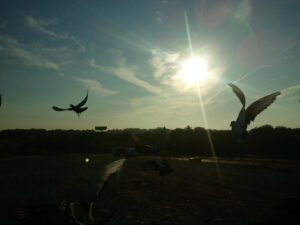 To this point we’ve discussed group tossing. This is where you take the whole team and release them at once. When the flock heads for home there is usually one or more leaders. At times the leaders will change. For the most part, there are a LOT of followers. Race winners are not followers. They are the first bird home, the cream of the crop they do not follow. They break away and head for home in the lead.
To this point we’ve discussed group tossing. This is where you take the whole team and release them at once. When the flock heads for home there is usually one or more leaders. At times the leaders will change. For the most part, there are a LOT of followers. Race winners are not followers. They are the first bird home, the cream of the crop they do not follow. They break away and head for home in the lead.
The next question is how do we develop leaders? Through alternative types of tosses other than the flock toss. I suggest doing this at any point after the birds are getting to the 20 mile mark. You can however do this at any time even after the season has started.
Small Group Tossing
Take the birds and start to break them down into smaller groups. Start by breaking your team in half and letting two groups out separately. Just as you can teach birds good habits, you can teach them bad ones as well. Once you start breaking the birds down you have to find a way to ensure each group leaves and heads for home before the next group is released. I have waited as long as 15-30 minutes and out of nowhere a group that disappeared out of sight returns and joins up with the group you have just released. Now, you have spent more time than you normally would for a flock toss and accomplished the same thing you would have if you hadn’t let the birds go in a small group.
How do you fight this? You can try releasing each group from a separate location. Let one group go and then drive 5 miles either way of the line of flight and let the next group go. It will allow for the time to go by that you would be waiting to release the next group and hopefully it will help prevent the groups from getting together.
After the birds are doing well in smaller groups try breaking them down into even smaller groups such as 7-9 birds, 3-5 birds. Once you are down in the the really small groups you are developing many more leaders instead of a pack of followers. Don’t be surprised if you lose young birds in training, as some just don’t have a strong homing instinct and they can just get by following the flock. It’s also possible to get 3 followers together who aren’t very good and they will get lost. Try to mix the groups up so you are not releasing the same birds in the same group each time. Small group tossing will pay huge dividends down the road.
Single Tossing
Single tossing is when you are letting one bird go at a time. Unlike small group tossing where you are trying to create and develop leaders, in single tossing you are ensuring that each bird is doing it on his own. You are also developing confidence in your birds. Just like small group tossing, you have to make strides to ensure the birds are not joining up. The best way to do this is to is to let a bird go, then drive a few miles and let the next one go. You can also choose a good location where you can spend hours doing something else and let a bird go every 30 minutes or so.
Single tossing is a lot of work and some people don’t have the time. But it has it’s benefits.
The Leading Online Pigeon Racing and Racing Pigeons Magazine – The Pigeon Insider

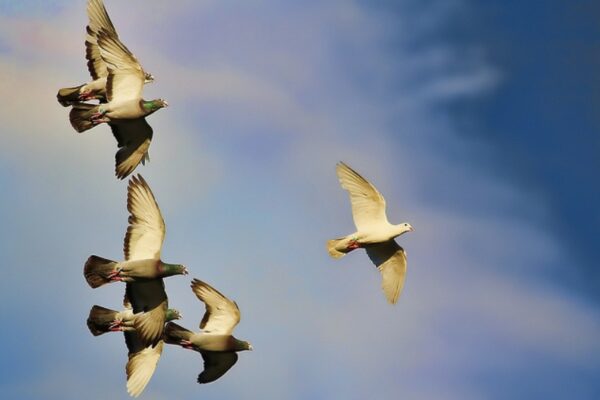
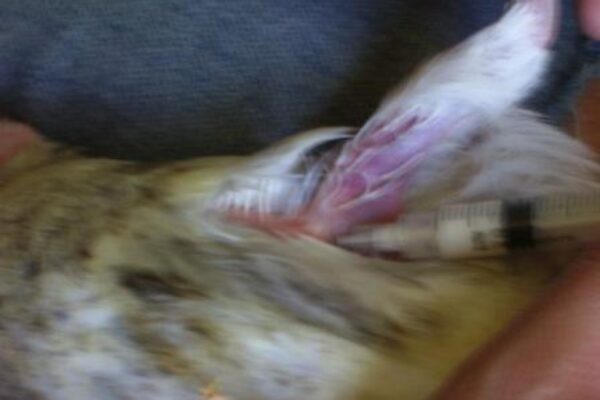


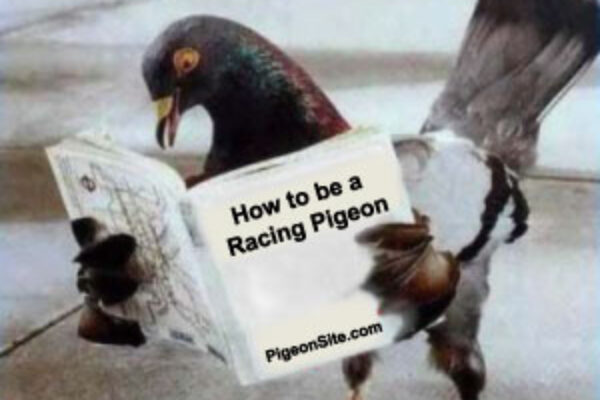
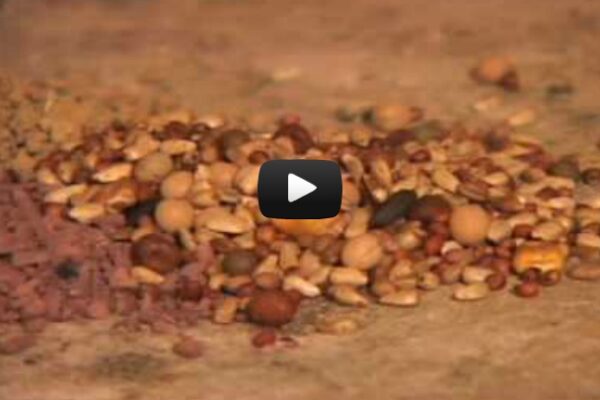


This is what I do after we get to 30 mile point . I let birds in 2 groups. After 10 to 15 minutes after last group disappears I hold one bird back and that is how I single toss my whole team obviously you need to keep track..
Hey, William! Interesting strategy. Thanks for sharing.
How far appart do you toss each of those two groups? Do you find 10-15 minutes is enough for them not to flock?
Hi guys this are for sure a winning method and also when you change direction with the pigeons
in small groups .
Regards
Dup
I totally agree with single tossing. Years gone by, when I used to group toss birds from a 30 to 40 mile radius, I would noticed certain pigeon (s) would land on a building or tree and wait for me to release their loft mates.
Now I swear by single tossing my young birds.
I live in Trinidad, West Indies. Trinidad is a very small island approximately 69 miles long and 40 miles wide and is bordered by the huge continent of Venezuela with the Atlantic Ocean to the East and there is approximately 15 racing pigeons clubs, the cost of rearing pigeons is very expensive but the sport is very vibrant in Trinidad, we import most of our birds from Belgium but as usual the sport is plagued by negative bickering from disgruntled fanciers who lacks discipline, most clubs has approximately 30 active fanciers who usually race for the love of the sport. the idea of one loft racing is on the horizon, wow how great can we get.
When tossing in small groups or single tossing you don”t have to drive to different locations or wait 30 minutes or so before releasing the next bird.There is a simple method.
This method is to take a much smaller hamper with you,and place it on the opposite side of your car or truck out of sight of the main hamper.( BEHIND A WHEEL IS GOOD). Select say 3 birds at random from your main hamper at the training point and place them one at at time into the smaller hamper.Wait 5 minutes and then release the 3 birds, once they are out of sight,repeat the process until all your birds have gone.Write each bird number down and the release time for checking later.
The birds leave the liberation point promptly because they believe all the other birds have gone home and are not waiting behind for them.Pigeons are not silly and they only come back at training points to wait for their mates.
I was taught this method years ago by a friend of mine.
Once the birds are well used to a training point I have often reduced the time between releases to 3 minutes.With the electronic timing system check the birds arrival times,you will soon be able to sort the wheat from the chaff.
Good point.
My babies are single tossed out to 20 miles at least ten times before they are ever tossed with a group. It builds confidence and independence EARLY, not after the fact.
Well said.
I lost most of by birds in a 10 mile group tossing
What I let do in training my youngsters is to send 2 youngster with a 2 year old racing pigeon that I know has a velocity of 59m/h and as far as 20 miles away at first on the routes pigeons fly home from their liberated spot on a race day. This get done once every day for 5 days. Weekend rest. Come Monday those 2 youngsters go on same 50 miles route on their own for one day only and time them and all that goes with the timing. Next week I send them 80 miles away with a 2 year old bird that I know gives me 59.3 m/h on a 320mile race. I stretch the miles per week until I get to 320 to 380 miles. This I do for my sprinters. For the long distances and middle distances I go further away in training youngsters. So for last year and this year I did not breed pigeons at all. The youngest pigeon in my racing pigeon loft is 1 and a half years old. Next year I will only put 2 chosen pairs to stock (breeding loft) that pass my extremely strict criteria for a pigeon pass before being put to breed. If I find none then I skip another year.
Hi All,
I agree, single tossing is the best way teach a bird to fly on its own. I used to toss my birds 10 minutes apart when I was Racing ( am now out of the sport due to birds being stolen ). The Staf Van Reets seemed to break from a mob and fly on their own. I had some of the Red Danial line and they really looked the goods. Unfortunately I never had the chance to really push them. As they were also stolen from me up here on the North Coast of New South Wales, Australia. Kind Regards Paul, Falcon Strike Lofts, Australia